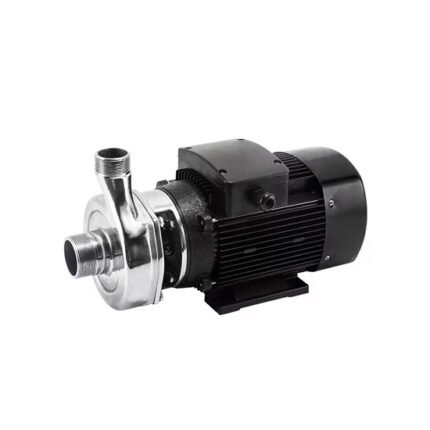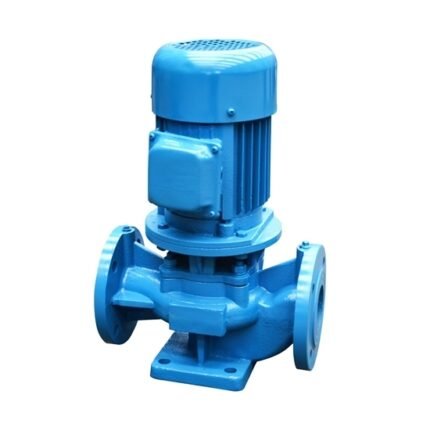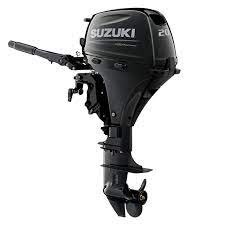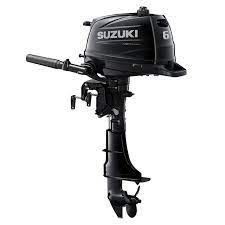Unlike single-stage centrifugal pumps, which have only one impeller, the multistage design incorporates multiple impellers stacked vertically within the pump casing. Each impeller is connected to a common shaft, and the pump is typically driven by an electric motor.
Features:
Excellent hydraulic model and advanced manufacturing technology, greatly improve the performance and service life of the pump.
Mechanical seals made of using hard alloy and fluorine rubber, improving the reliability of operation and the temperature of the transport medium.
Compact structure, small size, lightweight, low noise, significant energy-saving effect, convenient maintenance.
The inlet and outlet of the pump are located on the same level and can be directly used in the pipeline.
Specification:
Model
32CDLF
Material
stainless steel
Motor
100% copper wire, full power
Moter Voltage
3 phase 380V-415V (single phase 220V for 2.2 kW or less); other voltages, contact us
Frequency
50 Hz
Impeller
vortex impeller
Power
1.5-3 kW
Outlet Diameter
DN32
Capacity
4m³/h
Head
64-113m
Waterproof Grade
IP55
Certification
CE
Structure:
Mounting Dimension (Unit: mm)
Model
B1
B2
B1+B2
D1
D2
CDLF4-8
458
290
748
190
155
CDLF4-10
512
290
802
190
155
CDLF4-12
566
290
856
190
155
CDLF4-14
630
345
975
197
165
Tips: How to Maintain Vertical Multistage Centrifugal Pump?
Regular Inspection. Check for leaks, unusual vibrations, and excessive noise during operation.
Lubrication. Ensure proper lubrication of bearings and mechanical seals as per manufacturer’s recommendations.
Impeller Inspection. Inspect impellers for wear or damage, and replace if necessary to maintain efficiency.
Shaft Alignment. Regularly check and adjust shaft alignment to prevent premature wear and vibrations.
Seals and Gaskets. Monitor and replace seals and gaskets if they show signs of leakage or wear.
Motor Maintenance. Maintain the motor by checking connections, cleaning, and servicing according to manufacturer guidelines.
Cleaning. Regularly clean the pump and its components to prevent clogs and buildup.
Monitor Performance. Track pump performance using pressure and flow measurements to identify deviations from normal operation.
Vibration Analysis. Perform vibration analysis to detect any issues with the pump’s internal components.













